U.N. Climate Report: Water Extremes, Unevenly Distributed, Worsen With More Heat
More floods and droughts in a warmer world. But certain regions will be worse off than others.

Climate change is threatening ways of life — ancient and modern — around the planet, and particularly across arid regions of Africa and the Middle East. A Somali shepherd watches over his sheep as the sun sets. Photo © J. Carl Ganter/Circle of Blue
By Brett Walton, Circle of Blue
In a stark report that indicates previous assessments of potential climate change damages were too conservative, climate scientists outlined repercussions from two possible planetary futures, one considerably worse than the other.
Severe economic and ecological shocks, including risks to health, food security, and water supplies, will happen sooner than expected if global temperatures continue to rise, according to a report from the U.N. Intergovernmental Panel on Climate Change (IPCC) that was released October 8.
The report, written by 91 scientists from 44 countries and citing 6,000 research papers, considers outcomes from two scenarios: global average temperatures rising an additional 0.5 degrees C (0.9 degrees F) beyond the warming that has already occurred or rising 1 degree C (1.8 degrees F).
The global average temperature has already increased roughly 1 C since 1850. When policymakers discuss keeping the global temperature increase below 1.5 C, which was the focus of the IPCC report, they include historical warming.
“One and a half degrees is already too much warming, and we have to keep below that to give ourselves a livable planet,” said Bill Hare, CEO of Climate Analytics and a lead author on previous IPCC reports.
That half a degree of warming between the two scenarios makes a large difference, according to Valerie Masson-Delmotte, an IPCC working group co-chair. “It’s very clear that half a degree matters,” she said.
Holding temperatures to the lower threshold could halve the number of people who experience severe water scarcity because of climate change, according to research cited in the report. Some of the most detrimental consequences of a warming planet will be changes in precipitation and drought.
Most significant is the shift towards extremes, says Amir AghaKouchak, an associate professor at the University of California, Irvine, who studies the connection between water resources and climate.
“The big change is in extreme precipitation,” AghaKouchak told Circle of Blue. Annual averages in some places may not change significantly, he explained, but there will be periods of intense storms punctuated by longer dry spells.
That was the case last month, when peak rainfall totals from Hurricane Florence, which drenched the Carolinas in mid-September, were up to 50 percent higher, according to one estimate, because of climate change. Extra heat in the ocean and more moisture in the atmosphere produced a more powerful storm. Elizabethtown, some 100 kilometers (62 miles) inland, received 90 centimeters (36 inches) of rain.
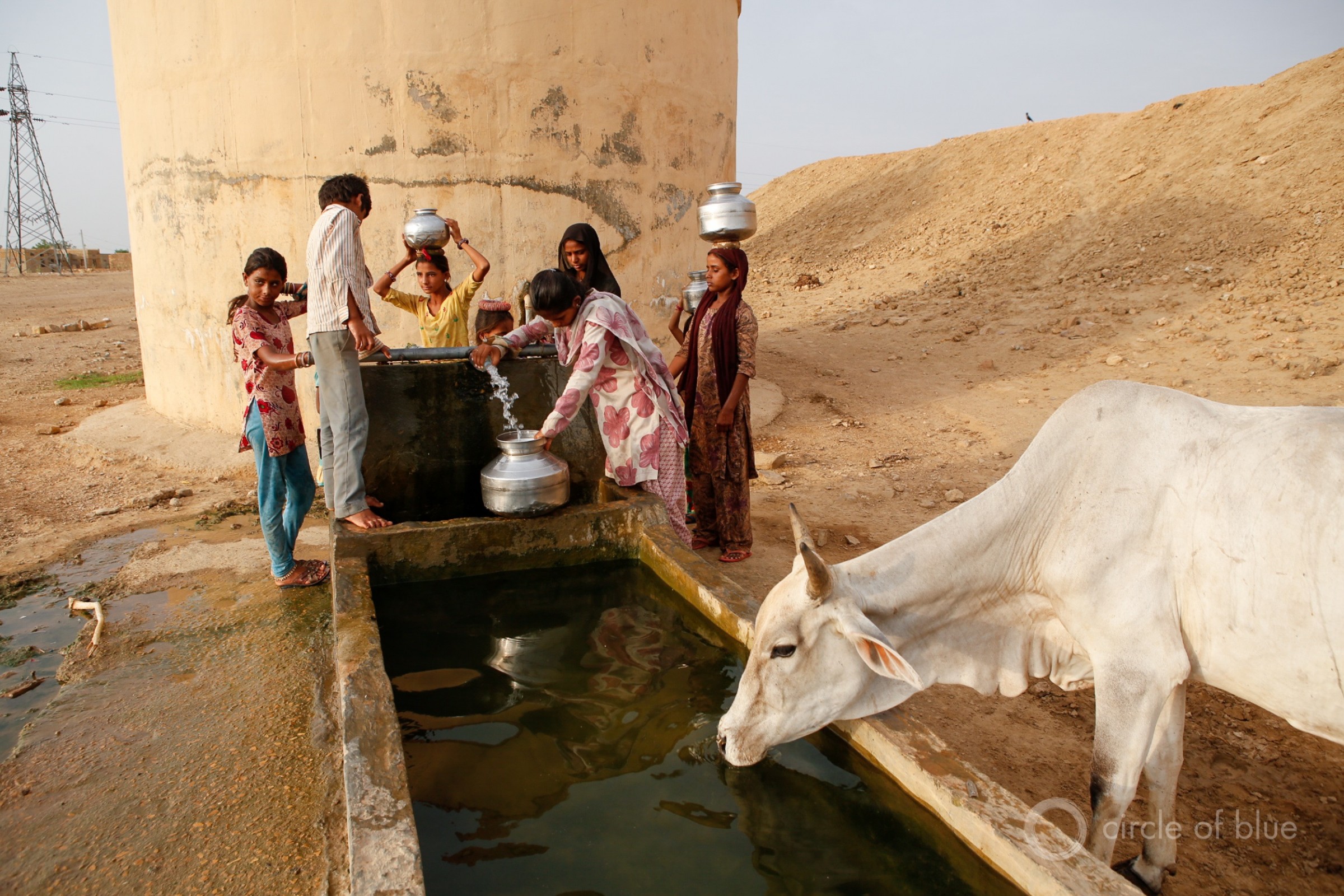
Women in Rajasthan, a state in northern India, gather water. Photo © J. Carl Ganter/Circle of Blue
Risks of these severe storms and droughts, which are made worse by higher temperatures, are “substantially lower” if temperatures increase 0.5 C instead of 1 C, the report states.
These risks are not evenly distributed across the globe. Hardest hit will be coasts and deltas, which face rising seas and salinization of groundwater, high mountain regions, and areas that are already hot, crowded, or poor. The front lines for climate change are small island nations, the Mediterranean basin, and countries in sub-Saharan Africa and the tropical Southern Hemisphere.
Changes in the water cycle are more difficult to pin down than changes in temperatures because rainfall measurements are less reliable outside the Northern Hemisphere. The report notes that the Mediterranean and southern Africa, where drought risks are substantial, are hot spots for increasing dryness but the signal for other regions is less clear.
“The more you go to smaller scale, the less confidence we have in how things will change,” AghaKouchak said.
The Mediterranean is one region where observed data and model of future changes are aligning. Southern Europe and North Africa are already showing declines in average precipitation that become even more marked as temperatures approach an additional 1 C of warming. The report argues that those risks can be reduced by keeping temperatures from rising above 1.5 C, which, at current pace, will be reached between 2030 and 2052.
The window for action to prevent such an increase is closing. The Paris climate agreement, signed in 2015, aimed to keep the global average temperature from rising 2 C above pre-industrial levels. But countries also agreed to “pursue efforts” to limit the rise to 1.5 C.
To meet the lower target, greenhouse gas emissions need to quickly decline, falling 45 percent from 2010 levels by 2030 and reaching “net zero” — remaining emissions balanced by removing carbon from the atmosphere — by 2050.
That requires “rapid and far-reaching transitions” of modern society: from energy use and transportation to urban design, agriculture, and industrial production. Current commitments will not do the job, according to the IPCC.
The challenge is mustering the will to act, according to Hare.
“What the scientists are showing is that one and a half degrees is really feasible,” Hare added. “We can do it. We have the technology. We have the capacity. What is needed are political decisions by governments to start moving forward all those things that need to happen in order to get us on the one-and-a-half-degree pathway.”

The Tigris River leaves a green wake in its course through Iraq. Drought risks for the Middle East, where water scarcity is already high, increase with more warming. Photo © J. Carl Ganter/Circle of Blue
Even with a rapid response, people will need to adapt to water scarcity and hotter temperatures. The capacity to do so is also not evenly distributed. The report frequently reiterates that wealth, community connections, population growth, and proactive policies are factors that enable adaptation or increase the number of people exposed to environmental hazards. These factors may have a greater influence on a region’s ability to withstand water stress and flooding than climate change itself.
Not all effects on water resources in the two scenarios have been rigorously evaluated. The report notes that few studies explore how a warming planet affects groundwater availability or water quality.
Brett writes about agriculture, energy, infrastructure, and the politics and economics of water in the United States. He also writes the Federal Water Tap, Circle of Blue’s weekly digest of U.S. government water news. He is the winner of two Society of Environmental Journalists reporting awards, one of the top honors in American environmental journalism: first place for explanatory reporting for a series on septic system pollution in the United States(2016) and third place for beat reporting in a small market (2014). He received the Sierra Club’s Distinguished Service Award in 2018. Brett lives in Seattle, where he hikes the mountains and bakes pies. Contact Brett Walton

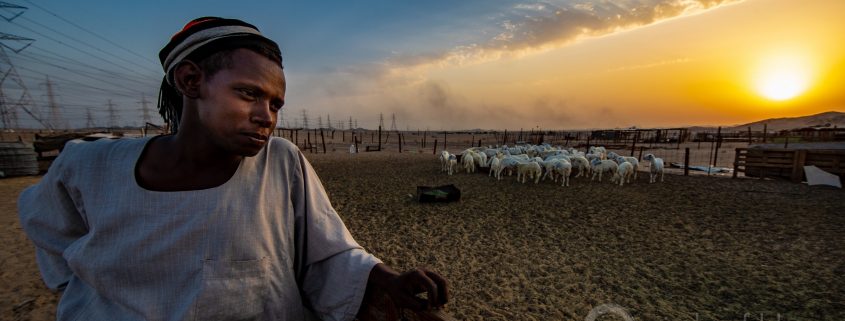

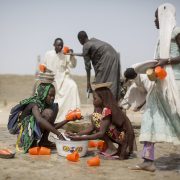

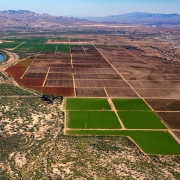
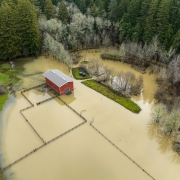


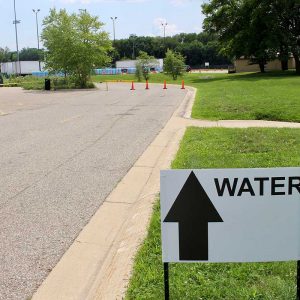
Leave a Reply
Want to join the discussion?Feel free to contribute!